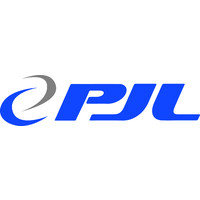
PJL Group
PJL Group are a mechanical and engineering business keeping equipment on the job, improving processes & providing solutions and specialty services to the mining, earth moving, drilling & construction industries. Our vision, innovation and commitment to quality and customised solutions has resulted in a highly skilled labour force, in excess of 200 personnel who have built a proud reputation as one of the most productive, efficient and safe teams in their industry sector. Our size also enables repairs or installation work on any scale. Operating 24 hours a day Australia-wide combined with our flexibility, quick decision making and fast turnaround times are measured by our clients in tonnes. PJL - Engineering Opportunities into Solutions






